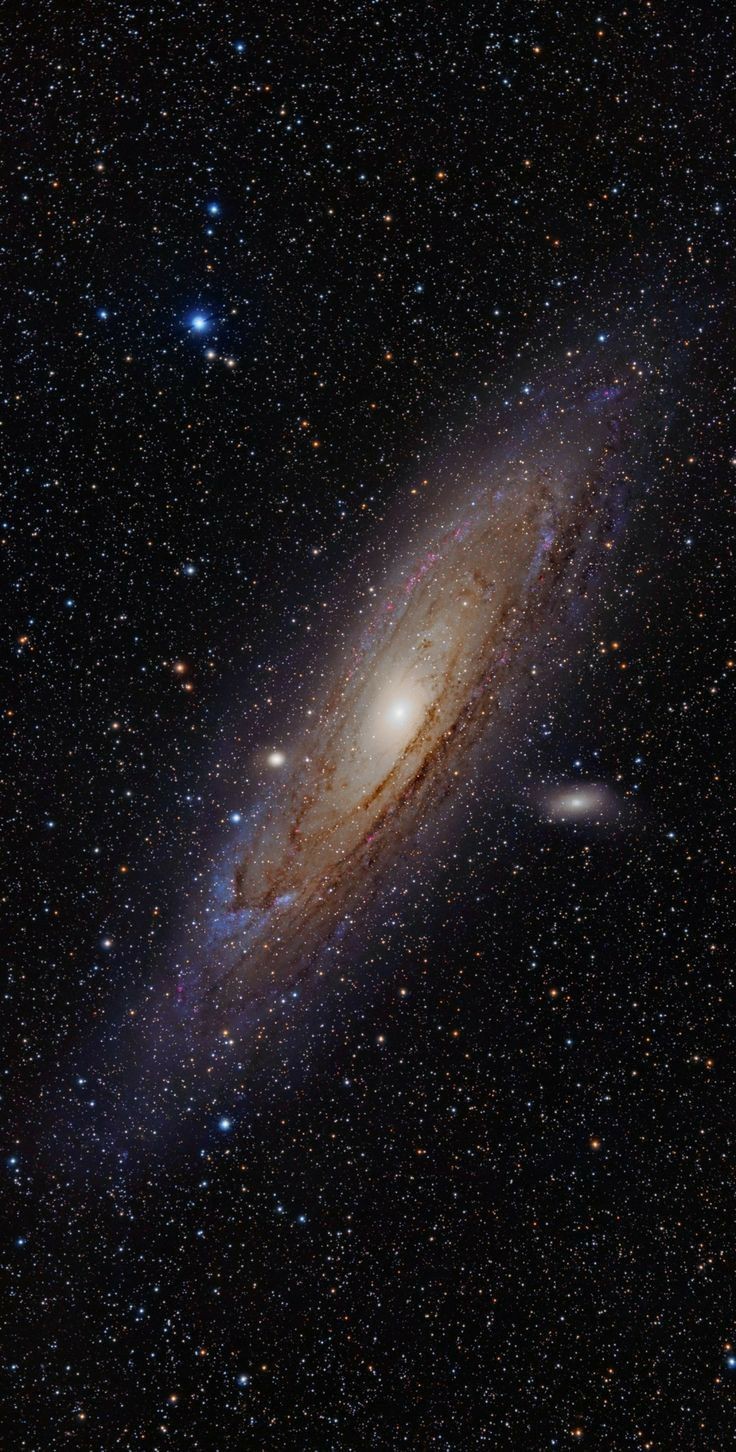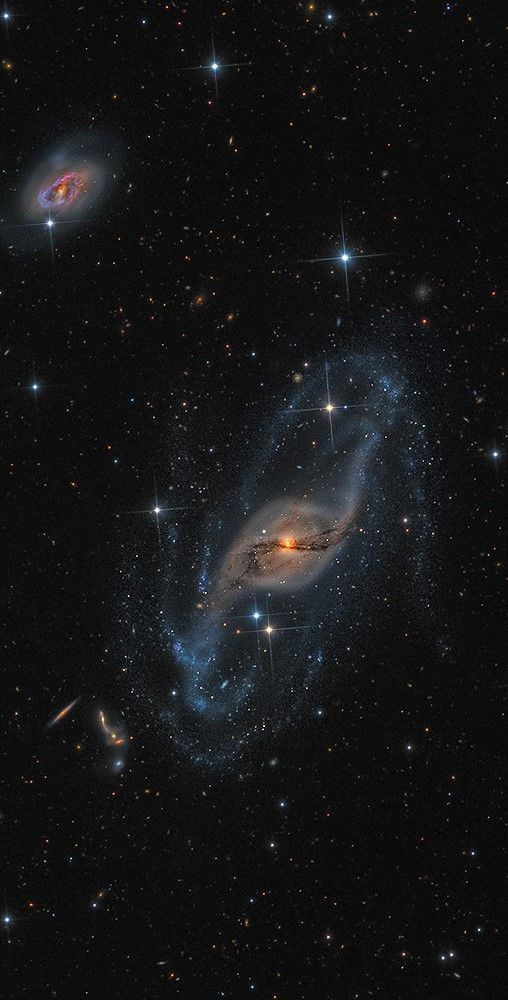For Ten Years The Stargazer Dreamed Of Taking A Picture Like This. The Dreamer Knew That The White Desert

For ten years the stargazer dreamed of taking a picture like this. The dreamer knew that the White Desert National Park in Egypt's Western Desert is a picturesque place hosting numerous chalk formations sculpted into surreal structures by a sandy wind. The dreamer knew that the sky above could be impressively dark on a clear moonless night, showing highlights such as the central band of our Milky Way Galaxy in impressive color and detail. So the dreamer invited an even more experienced astrophotographer to spend three weeks together in the desert and plan the composite images that needed to be taken and processed to create the dream image. Over three days in mid-March, the base images were taken, all with the same camera and from the same location. The impressive result is featured here, with the dreamer -- proudly wearing a traditional Bedouin galabyia -- pictured in the foreground.
More Posts from Ad-astra-affecte-spe and Others

Earth as seen through Saturn's ring(Cassini)
Uranus- JWST NIRCam

This image also shows 14 of the planet’s 27 moons: Oberon, Titania, Umbriel, Juliet, Perdita, Rosalind, Puck, Belinda, Desdemona, Cressida, Ariel, Miranda, Bianca, and Portia.

This picture shows Uranus's north polar cap as well as a storm just below the polar edge.


Io's Close-Up by NASA's Marshall Space Flight Center

M31 Adromeda Galaxy (Visible Light) by NASA Goddard Photo and Video

The California Nebula, NGC 1499 // Alex Weinstein
The bright star to the right is Menkib (ξ Persei), whose name comes from the Arabic phrase mankib al Thurayya meaning "shoulder of the Pleiades".

M42, Great Orion



M78 // Capturing Ancient Photons
A beautiful series of reflection nebulae make up M78. These reflection nebulae, like their name suggests, contain little ionized gas and primarily reflect the light of nearby stars. In this case, it is only two stars' light that the gas is reflecting despite containing a few hundred young stars within.
-
 our-stars-graveside liked this · 1 year ago
our-stars-graveside liked this · 1 year ago -
 jandara946 liked this · 2 years ago
jandara946 liked this · 2 years ago -
 the-yearning-astronaut reblogged this · 2 years ago
the-yearning-astronaut reblogged this · 2 years ago -
 openfire13 reblogged this · 2 years ago
openfire13 reblogged this · 2 years ago -
 blindeye-420 liked this · 2 years ago
blindeye-420 liked this · 2 years ago -
 kkbonedoc liked this · 2 years ago
kkbonedoc liked this · 2 years ago -
 spacetimewithstuartgary reblogged this · 2 years ago
spacetimewithstuartgary reblogged this · 2 years ago -
 spacetimewithstuartgary liked this · 2 years ago
spacetimewithstuartgary liked this · 2 years ago -
 salemhighpriestess reblogged this · 2 years ago
salemhighpriestess reblogged this · 2 years ago -
 slav1cprinc3ss liked this · 2 years ago
slav1cprinc3ss liked this · 2 years ago -
 masterch3f liked this · 2 years ago
masterch3f liked this · 2 years ago -
 ik-de-zwarte-kat reblogged this · 2 years ago
ik-de-zwarte-kat reblogged this · 2 years ago -
 consultingcommander reblogged this · 2 years ago
consultingcommander reblogged this · 2 years ago -
 looookingup reblogged this · 2 years ago
looookingup reblogged this · 2 years ago -
 timatisblog reblogged this · 2 years ago
timatisblog reblogged this · 2 years ago -
 ronaldsprowel liked this · 2 years ago
ronaldsprowel liked this · 2 years ago -
 animaes2 liked this · 2 years ago
animaes2 liked this · 2 years ago -
 ari3su liked this · 2 years ago
ari3su liked this · 2 years ago -
 ad-astra-affecte-spe reblogged this · 2 years ago
ad-astra-affecte-spe reblogged this · 2 years ago -
 ik-de-zwarte-kat liked this · 2 years ago
ik-de-zwarte-kat liked this · 2 years ago -
 earthlingdownunder liked this · 2 years ago
earthlingdownunder liked this · 2 years ago -
 mayax81 reblogged this · 2 years ago
mayax81 reblogged this · 2 years ago -
 mayax81 liked this · 2 years ago
mayax81 liked this · 2 years ago -
 andromeda1023 reblogged this · 2 years ago
andromeda1023 reblogged this · 2 years ago

★•Astronomy, Physics, and Aerospace•★ Original and Reblogged Content curated by a NASA Solar System Ambassador
204 posts


